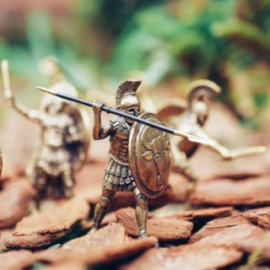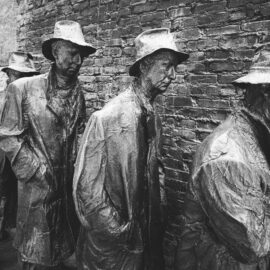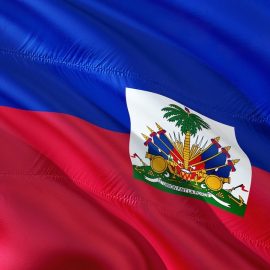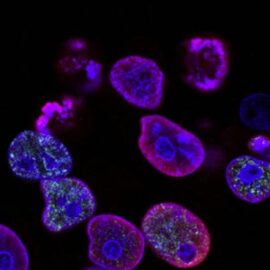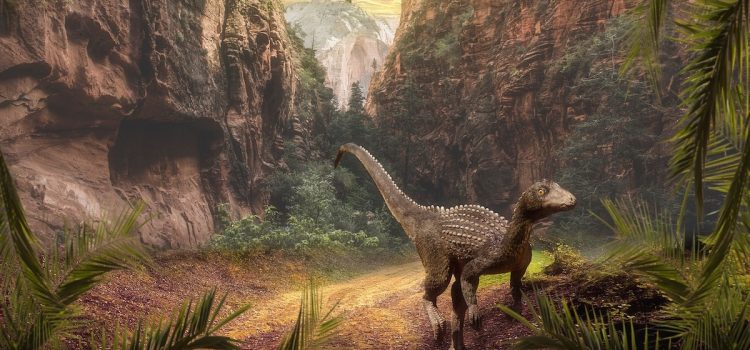
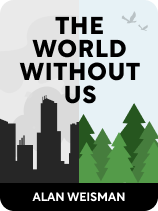
This article is an excerpt from the Shortform book guide to "The World Without Us" by Alan Weisman. Shortform has the world's best summaries and analyses of books you should be reading.
Like this article? Sign up for a free trial here.
What was Earth like before humans? In what environment did the human race emerge?
In The World Without Us, science journalist Alan Weisman asks what would happen if the human race vanished overnight. In an effort to figure that out, he begins by understanding what the primeval world was like long before the advent of human civilization.
Continue reading to learn about the Earth before humans.
The Earth Before Humans
What was Earth like before humans? The planet of the last few hundred million years was a world of lush forests, seas brimming with life, and giant creatures that wandered the land. Weisman describes the Earth before humans—the primeval world—with ages of warmth punctuated by periods of glaciation and sudden mass extinction events until humanity emerged from our African cradle and spread to every continent on the planet.
The seas are the source of all life on Earth and are home to the true rulers of the world—the microbial life that existed for eons before larger plants and animals evolved, and will be here long after the rest of us die out.
(Shortform note: It’s not a stretch to claim that microbes, not humans, are the dominant life form on the planet. In I Contain Multitudes, Ed Yong explains that not only were microbes the only living organisms for the majority of history, but they also created the preconditions for life as we know it to evolve. For example, the nitrogen/oxygen atmosphere we take for granted is merely the byproduct of billions of years of bacterial photosynthesis, without which our air would resemble the carbon dioxide atmospheres of Mars and Venus. Microbial life, in other words, was responsible for climate change on the grandest scale imaginable.)
The microbes form the basis of the ecosystem, feeding corals, fish, and all manner of life that feed larger predators. The land, for hundreds of millions of years, was dominated by woodlands and savannahs that supported a wide diversity of species. Nevertheless, Weisman points out that the pre-human past wasn’t an era of Edenic bliss. The geologic record shows a history of worldwide extinctions, the worst of which occurred 250 million years ago at the end of the Permian period when 90% of all species died out.
| Extinctions in the Fossil Record Geologists chart the history of life on Earth by studying the fossilized remains of ancient creatures in different strata (layers) of rock. According to the law of superposition, new layers of rock are created on top of old ones, meaning that the deeper the layer of rock you examine, the further back in time you are looking. Thus, by looking at the fossils in each layer of rock, we can paint a picture of life on Earth at different times in its history. In Your Inner Fish, paleontologist Neil Shubin points out that only a tiny fraction of plants and animals get preserved as fossils, and only a fraction of those are discovered by researchers. Nevertheless, the evidence is clear that life in the past was not as it is today. Another fact that fossils make abundantly clear is that at several points in our planet’s history, life has died out on a massive scale. While the sudden demise of the dinosaurs (and 75% of all species on the planet) 65 million years ago is certainly the best known, it’s only the most recent of what geologists call the “Big Five” mass extinctions we’re aware of. In The Sixth Extinction, science journalist Elizabeth Kolbert expresses the view of many biologists and climate scientists that the world is undergoing another mass extinction event, this one precipitated by the human race. |
After each extinction event, life has rebounded and evolved in new directions. Millions of years after the Permian extinction, the age of the dinosaurs began. Once they were gone, other giant creatures such as mammoths, ground sloths, and saber-toothed tigers roamed and ruled the wild. More frequent than mass extinction events are the planet’s ice ages, when glaciers advance, habitats shrink, and forests go into retreat. Weisman says that it was probably during one of these ice ages that our pre-human ancestors were forced out of the trees to look for food on the ground. In order to adapt, we learned to walk upright, use tools, and look for more fertile hunting grounds.
(Shortform note: The actual genesis of the modern human race is somewhat more complicated than Weisman suggests. In Sapiens, Yuval Noah Harari explains that at first, at least eight “human” species spread from Africa to other parts of the world. Ours, homo sapiens, outcompeted the others due to what Harari calls the Cognitive Revolution—a mutation that reshaped our ancestors’ brains to allow for greater language capacity, enhanced social interaction, and the capacity for abstract thought and problem-solving.)
Moving outward from the African savannahs, our ancestors spread across Asia and Europe, and then across now-submerged land into Australia and the Americas. In the not-too-distant geologic past, North America was home to more giant species than are found in present-day Africa. However, 13,000 years ago, the majority of American megafauna went extinct. Many historians attribute this die-off to the arrival of the prehistoric Clovis culture, a wave of ancient hunter-gatherers known for their distinctive spearheads ideal for killing large game. Weisman argues that large mammals survived in Africa and not in America because African animals evolved in concert with humans and learned to be wary in ways that American wildlife didn’t.
| The Clovis Culture The Clovis people Weisman mentions are named for the town of Clovis, New Mexico, in which their ancient spearheads were first discovered. It’s believed that the Clovis people came to the Americas about 13,000 years ago via the land bridge that once existed across the Bering Strait between present-day Russia and Alaska. Though the Clovis people were long believed to have been the first immigrants to the western hemisphere, new discoveries suggest that humans settled in the Americas long before the Clovis culture’s arrival, perhaps by as much as 20,000 years prior. Opponents of the hypothesis that early human settlers were responsible for wiping out the Americas’ large animals point to data that shows megafauna extinctions before the existence of the Clovis people. However, if other groups of humans migrated from Asia to the Americas much earlier than previously thought, that must also be taken into account. |

———End of Preview———
Like what you just read? Read the rest of the world's best book summary and analysis of Alan Weisman's "The World Without Us" at Shortform.
Here's what you'll find in our full The World Without Us summary:
- What would happen to Earth if the human race disappeared
- How the planet would benefit from a human extinction
- What the immediate vs. long-term effects would look like

